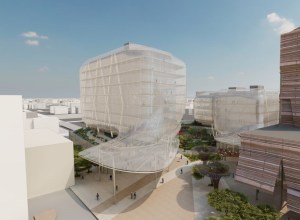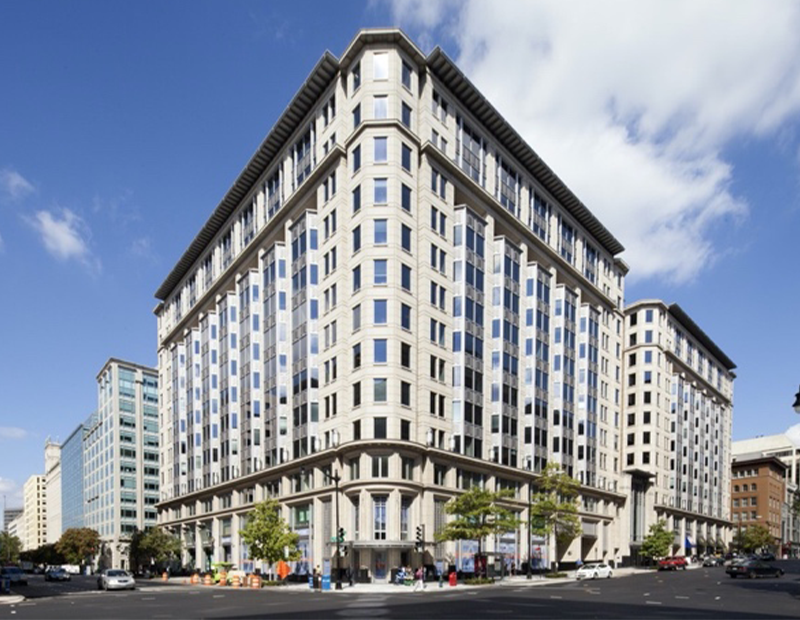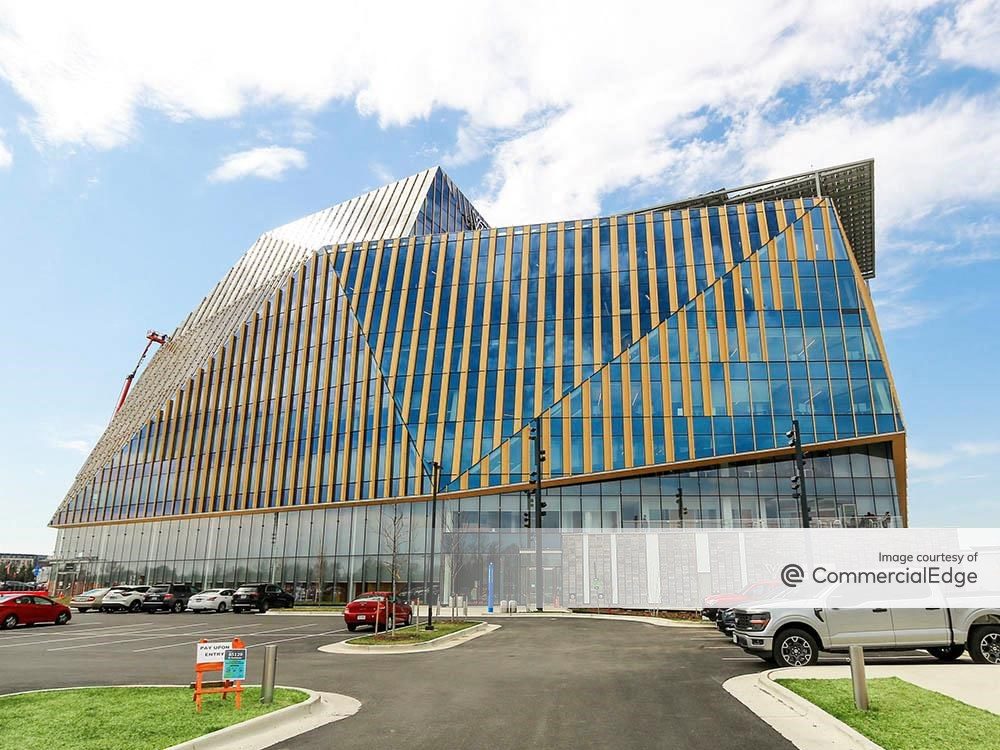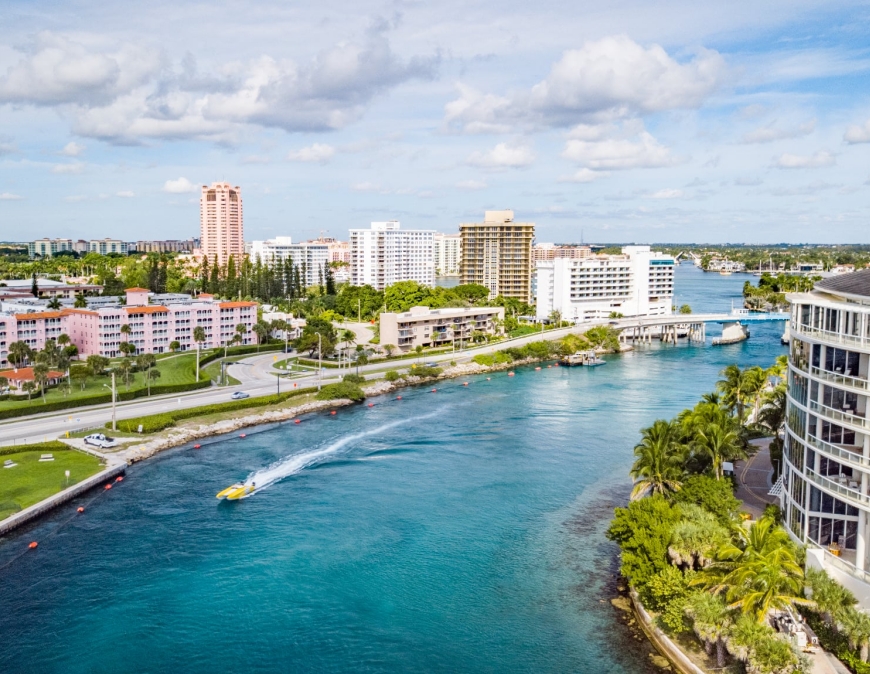U of Arizona Research Center Lands $150M in Funding
A new 10-story building will be the anchor of an innovation district in downtown Phoenix.

CAMI rendering at the southwest corner of 7th and Fillmore streets. Image by CO Architects and courtesy of the University of Arizona Health Sciences
The University of Arizona Health Sciences Center for Advanced Molecular and Immunological Therapies (CAMI), a 10-story, 293,000-square-foot building that will be the anchor of an innovation district in downtown Phoenix, has received $150 million in state funding.
CAMI, which will be located at the Phoenix Bioscience Core, also received $2 million from a $10 million gift from the Steele Foundation. CAMI will support research to catalyze the next generation of precision health-care treatments and serve as a hub to advance knowledge of the immunology of cancers, autoimmune conditions and infectious diseases.
CAMI will serve as the anchor for an innovation district that aims to establish the Phoenix Bioscience Core as a center of cellular and gene-based therapy research, startup activity and corporate engagement.
READ ALSO: Health-Care CRE Soldiers On, Despite the Sector’s Woes
The 30-acre Phoenix Bioscience Core is a planned 6 million-square-foot development that will house biomedical-related research, academic and clinical facilities. The center’s location is expected to enable connections with partners including Arizona State University, Northern Arizona University, the Mayo Clinic and the Translational Genomics Research Institute.
The donation from the Steele Foundation, which has supported pediatrics research at the university for more than 30 years, will allow CAMI researchers to concentrate on autoimmune diseases that affect children, such as Type 1 diabetes, juvenile arthritis, lupus, inflammatory bowel disease and celiac disease.
CAMI details
University officials expect CAMI to start off in 2024 in the Biomedical Sciences Partnership Building, a $136 million, 10-story, 245,000-square-foot facility completed in 2017, and then merge into the newly constructed building in 2025. Located at 475 N. 5th St., the Biomedical Sciences Partnership Building houses research labs of faculty and scientists at the University of Arizona College of Medicine—Phoenix and its partners.
CAMI is being designed to house 42 principal investigator-led research groups and 15 bioengineering research groups. It will also have space for UArizona’s Office for Research Innovation and Impact as well as academic research activities for a new biomedical engineering program. The CAMI building will be located on the southwest corner of 7th and Filmore streets. This is expected to be the first of two buildings constructed at that corner of the campus and will have a green space that will connect with a future building.
It will serve as the gateway to the University of Arizona academic and other research resources on the campus. The exterior spaces will merge with the existing green belt and provide a terminal with classroom, conference rooms and collaboration spaces to serve academic, research and community needs. The north side of the building will front Filmore Street. The ground and second floors will have a wider podium housing community, collaboration and academic space with eight stories of research space above.
A shaded, landscaped courtyard will serve as pre-function space for shared activities including dining, meeting centers and teaching spaces. There will be ample shade provided by the building’s canopies extending over exterior courtyard seating areas and walkways.
Gov. Doug Ducey said in prepared remarks CAMI is poised to bring new jobs and businesses to Arizona and bolster the economies of the state and Maricopa County. Economic impact estimates show a return on investment of 2.5:1, with CAMI attracting more than 150 companies to Greater Phoenix and at least 7,500 new bioscience-related jobs, 13,000 supporting jobs and 4,000 construction jobs. Economic activity in Arizona would increase by at least $3.9 billion, with an increase in wages of more than $1.8 billion, and at least $430 million in new state tax revenue and $140 million in local tax revenue.







You must be logged in to post a comment.